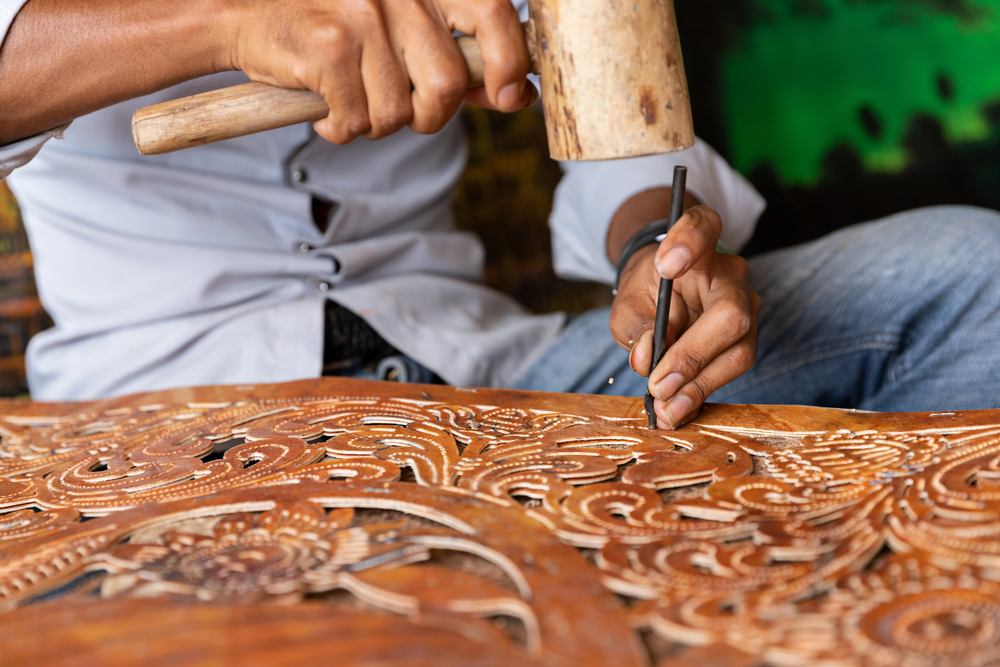Instrument making
Practiced by sound sculptors who seek to strike a balance between perfect acoustics, refined aesthetics, and sonic personality, its historic capital is Mirecourt. Each violin, viola, guitar, or cello is designed as a living work of art, and century-old instruments are restored, adjusted, and maintained by perpetuating the ancient techniques of woodworking, assembly, and varnishing.
Bookbinding
Gold leaf gilding, colored edges, patinated leather, embossed decorations... these are just some of the techniques used to transform a book into a work of art. It is a discreet discipline practiced by bookbinders who must reconcile strength and elegance. Mainly commissioned by bibliophiles, museums, and collectors, these paper and leather craftsmen are as rare and precious as the works they preserve and embellish.
